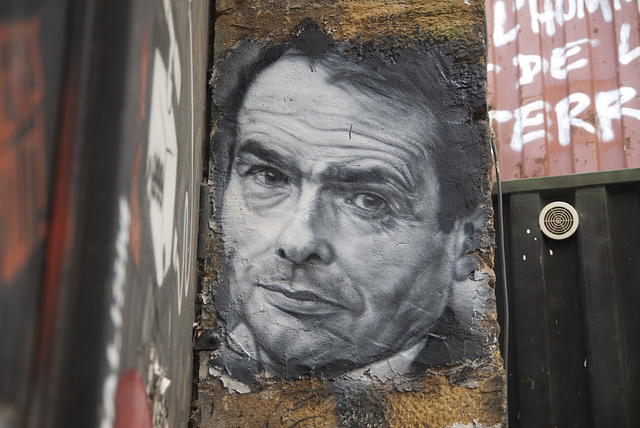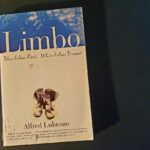[part of the launch week for the book: Bourdieu, Habitus and Social Research: The art of application (published this month by Palgrave). This post refers to the chapter by my colleague Magdalena Nowicka which is called: Habitus – its transformation and transfer through cultural encounters in migration]
Large-scale migration affects entire societies and, as such, remains highly debated on local, national, and international levels. Not a week seems to go by without some new big reports on migration patterns and numbers, new laws aimed at regulating migration, new stories of success, exploitation, and, most regrettably, deaths related to migration. Yet what exactly happens when a person migrates? How does migration shape this person, her understanding of the world, her relationships, her dreams, her sense of belonging? How are others affected by her migration – her family and friends back home, her neighbors in the new place of residence, her colleagues, her school mates? In her article “Habitus – its transformation and transfer through cultural encounters in migration,” Magdalena Nowicka of Humboldt University in Berlin asks these and other questions and elaborates on how we address them in the research project TRANSFORmIG. Nowicka explains how, through critical, close engagement with Pierre Bourdieu’s notions of habitus, field, and hysteresis, we can further theorize dispositions, practices, and worldviews not as individual qualities, but as processes. Change – understood as a transformation occurring inside an individual, as well as in various social groups – is therefore of primary interest in our study and that is also why we opted for a longitudinal mixed methods approach. Nowicka discusses the challenges we have identified so far and those that we anticipate in the next stages of the project. She describes in detail how we prepared the interview guide for the first wave of our study. As habitus can only be accessed in situations in which people feel ill fitted, like fish out of water, we ask migrants about various everyday practices in which they engage in their new places of residence and how they recount what they experience to their friends and families back home. What we strive to understand is how habitus is transferred within social networks.
Our research design is driven by methodological considerations rooted in Boudieu’s work: the relationship between the empirical material and theory and the urge to understand social practice. Nowicka’s step-by-step elucidation of TRANSFORmIG’s research design may be especially useful for those colleagues who also work with longitudinal methods, as well as to all social scientists interested in how Bourdieu’s legacy can be put to work in new, transnational contexts.
For more information about the project, click here.










